I've a database with 4 columns and 8 observations:
> df1
Rater1 Rater2 Rater4 Rater5
1 3 3 3 3
2 3 3 2 3
3 3 3 2 2
4 0 0 1 0
5 0 0 0 0
6 0 0 0 0
7 0 0 1 0
8 0 0 0 0
I would like to have the mean, median, iqr, sd of all Rater1 and Rater4 observations (16) and all Rater2 and Rater5 observations (16) without creating a new df with 2 variables like this:
> df2
var1 var2
1 3 3
2 3 3
3 3 3
4 0 0
5 0 0
6 0 0
7 0 0
8 0 0
9 3 3
10 2 3
11 2 2
12 1 0
13 0 0
14 0 0
15 1 0
16 0 0
I would like to obtain this (without a new database, just working on the first database):
> stat.desc(df2)
var1 var2
nbr.val 16.0000000 16.0000000
nbr.null 8.0000000 10.0000000
nbr.na 0.0000000 0.0000000
min 0.0000000 0.0000000
max 3.0000000 3.0000000
range 3.0000000 3.0000000
sum 18.0000000 17.0000000
median 0.5000000 0.0000000
mean 1.1250000 1.0625000
SE.mean 0.3275541 0.3590352
CI.mean.0.95 0.6981650 0.7652653
var 1.7166667 2.0625000
std.dev 1.3102163 1.4361407
coef.var 1.1646367 1.3516618
How can I do this in R?
Thank you in advance
